Text and photographs by Will Quam for Bricks Incorporated | Download PDF
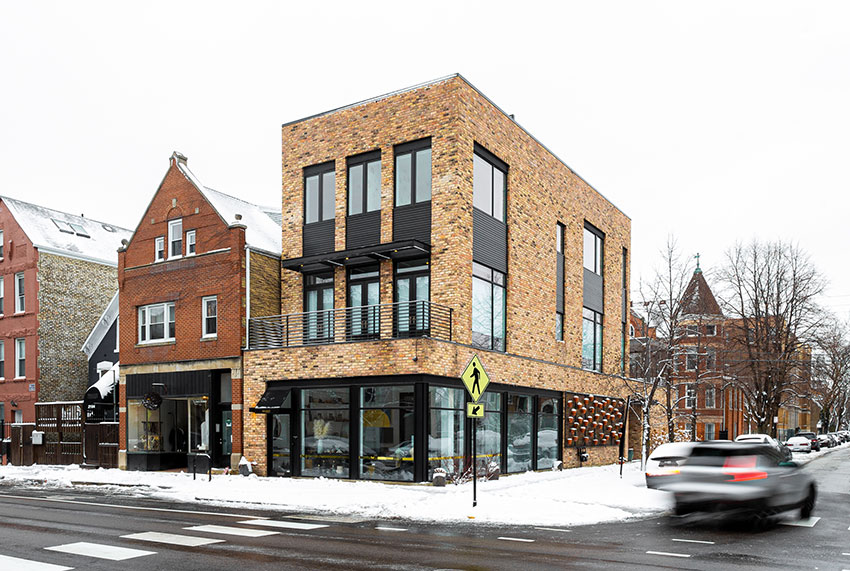
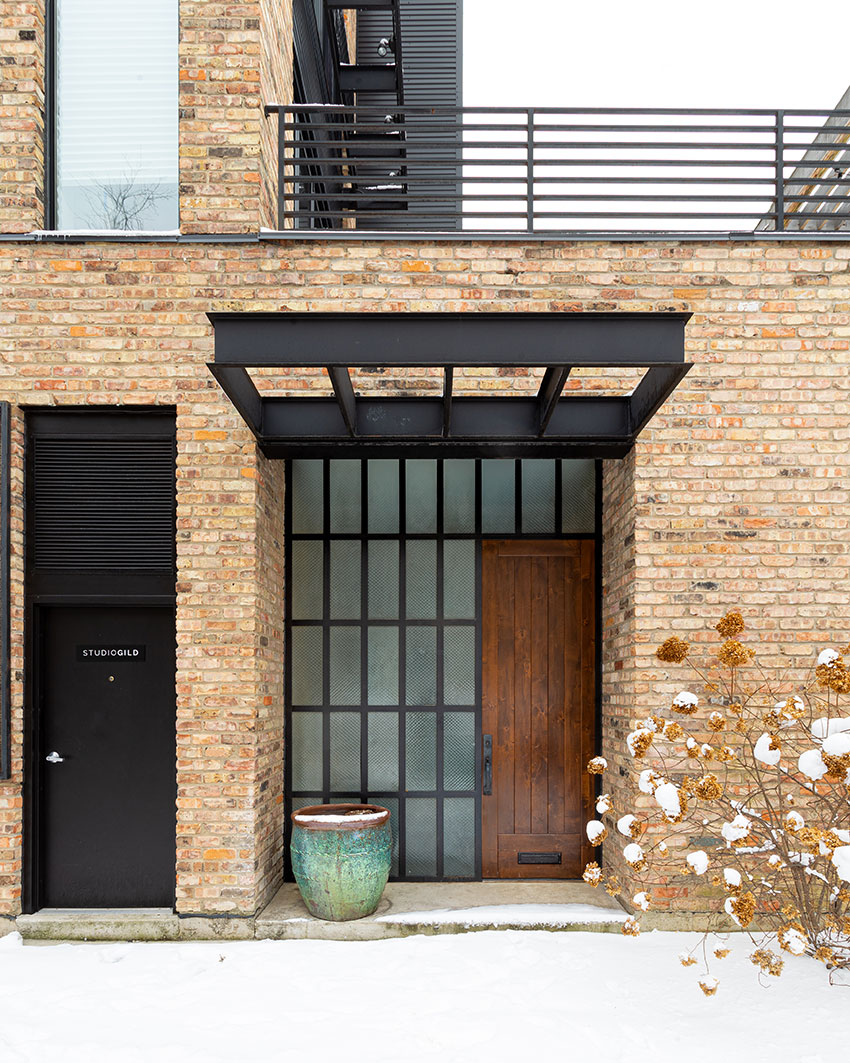
2110 N Damen
In Chicago, a building can have a second life through its brick.
All over Chicago, older structures are held up by locally made bricks. Known as Chicago Common bricks, they are rough textured, pink to buff in color and possess an unrivaled patina and character.
When a building comes down, these bricks can be cleaned and packed up, ready to find a new purpose.
On 2110 N Damen, reclaimed Chicago Commons supplied by Bricks Incorporated found their purpose in bringing rich history and complexity to a modern home and retail building.
Design
When Matt Wilke of LG Development purchased a vacant corner lot in Bucktown he wanted to build a modern home for his family. In a neighborhood filling up more and more with dark, sleek spaces of concrete and glass, Wilke sought to buck the trend.
“I wanted to do something that would kind of feel like it’s always been there, even though it’s brand new,” says Wilke. “I didn’t want it to stand out as a corner in an eye popping way, turning heads every time. I wanted to be something that felt a little more muted, part of the fabric of the neighborhood.”
The solution to this problem — constructing a new building that is both modern and historic — was found in Chicago Common brick, a material steeped in history.
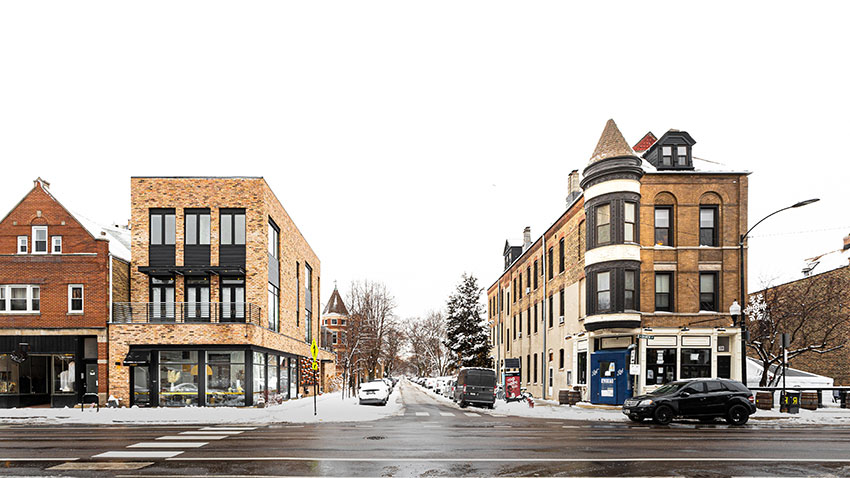
Chicago Common Brick – Made, The Reclaimed
Chicago Common bricks were produced at breakneck speeds and in unparalleled volumes to rebuild Chicago following the 1871 fire. Almost every new building was filled with Chicago Common brick, and by 1910, Chicago manufacturers pumped out 1.5 billion of these bricks a year, thanks to ample clay deposits.
The clays used for Chicago Common bricks were deposited across Cook County by glaciers 14,000 years ago. These clays were incredibly varied in their mineral content and full of pebbles. When fired, they produced bricks in a range of colors, full of imperfections. “The process back then wasn’t as refined as it is today,” says Brent Schmitt of Bricks Inc.
This makes for bricks that have an unmatched variety and character when compared to modern bricks and other older bricks. In the 19th and early 20th centuries, however, they were thought to be too motley for front facades and were instead tucked away on the sides, backs, and guts of buildings.
Then, starting in the 1940s, opinions began to change.
The lack of uniformity they possessed suddenly became desirable to new generations of designers who especially sought old Chicago Commons – the bricks that had been anonymously weathering on the sides of structures for decades.
As buildings were demolished, their Chicago Common bricks were saved — “reclaimed” — for reuse on new facades, interiors, and more.
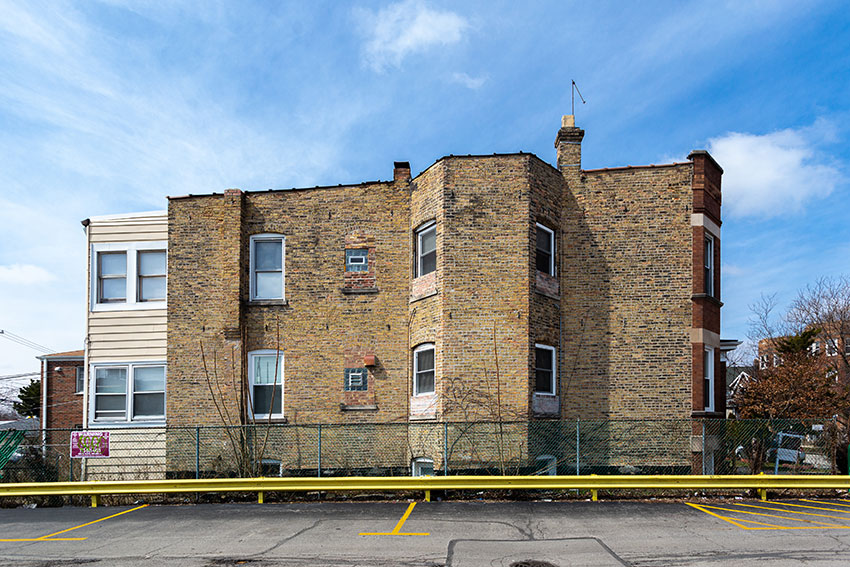
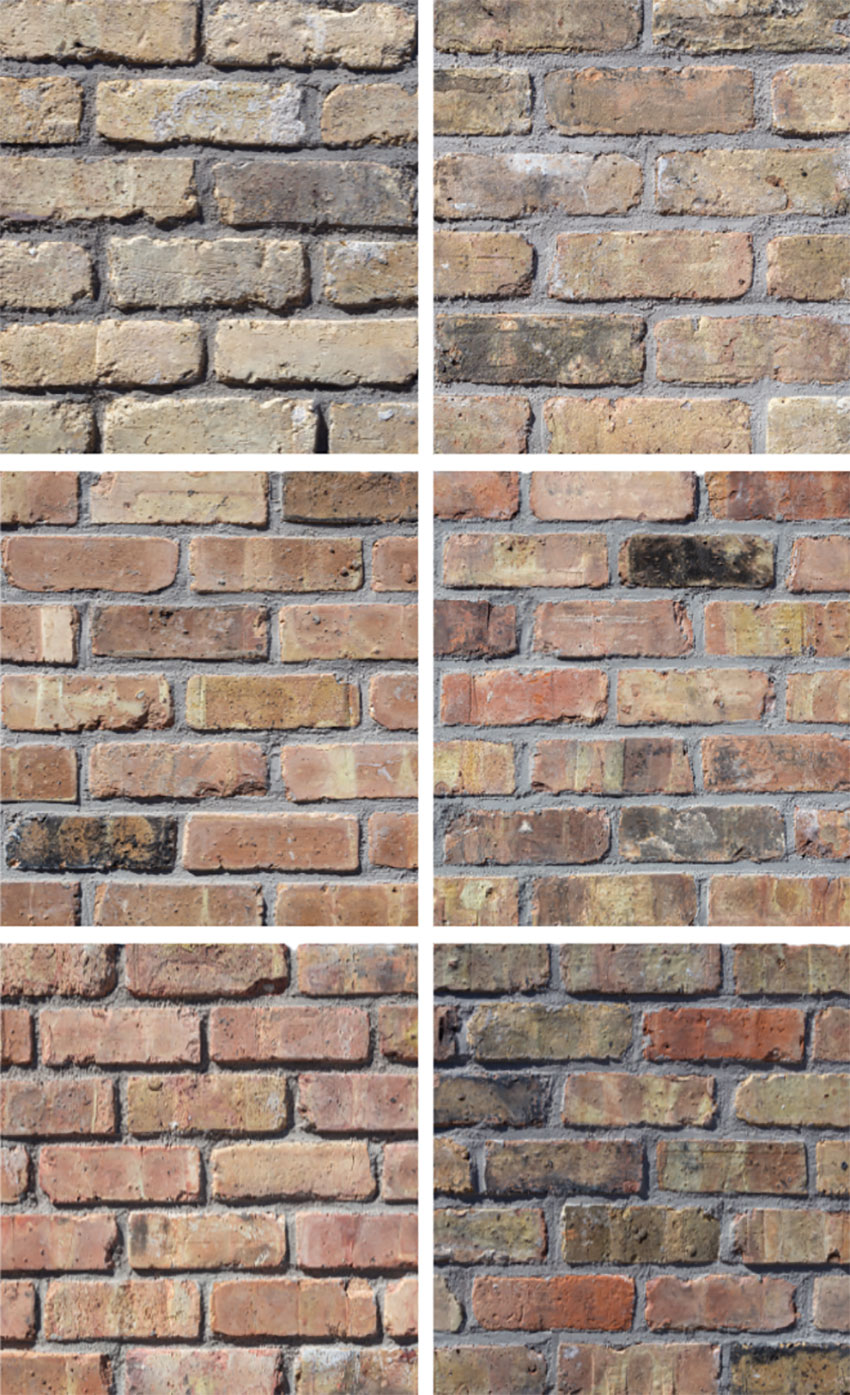
Chicago Common bricks have not been produced since 1981, but Bricks Inc has been connecting reclaimed bricks with new projects since the 1960s. Bricks Inc has strong relationships with excavators, salvagers, and demolition contractors around Chicago and works closely with them to identify the highest quality reclaimed bricks after a building comes down.
Once the bricks have been cleaned of old mortar and stacked, they are sorted according to color and character.
A visitor to Bricks Inc’s yard in Little Village will see Chicago Commons organized into clay buff, sand buff, light pink, medium pink, dark pink, and full range.
Reclaimed bricks are also an environmental choice and their use gives points toward LEED accreditation.
Bricks Inc has supplied reclaimed Chicago Commons for hundreds of projects, including Tadao Ando’s Wrightwood 659, Goose Island Brewing’s Barrel House, the new Chicago Park District Headquarters, and dozens more in Chicago and across the United States.
Selecting The Brick
Almost immediately, developer and homeowner Matt Wilke knew he wanted to use reclaimed Chicago Common brick. “I was inspired by older warehouses and cottages in the neighborhood, many of them made of Chicago Common brick,” adds Wilke.
The question then became which Chicago Commons to use. While they can be sorted into ranges, each batch of reclaimed brick is unique, due to the particularities of the clay, the methods of the brickmaker, and the elements a building experienced.
“Every batch has a real history, an authenticity,” says Schmitt, and the team at Bricks Inc went to great lengths to identify the right collection of Chicago Commons for 2110 N Damen.
Bricks Inc pulled together multiple batches, creating dozens of dry stacks for the design team to consider, each mockup highlighting the different hues and textures of a particular batch. When new reclaimed product came into yard, Wilke would visit to see if it might make the cut.
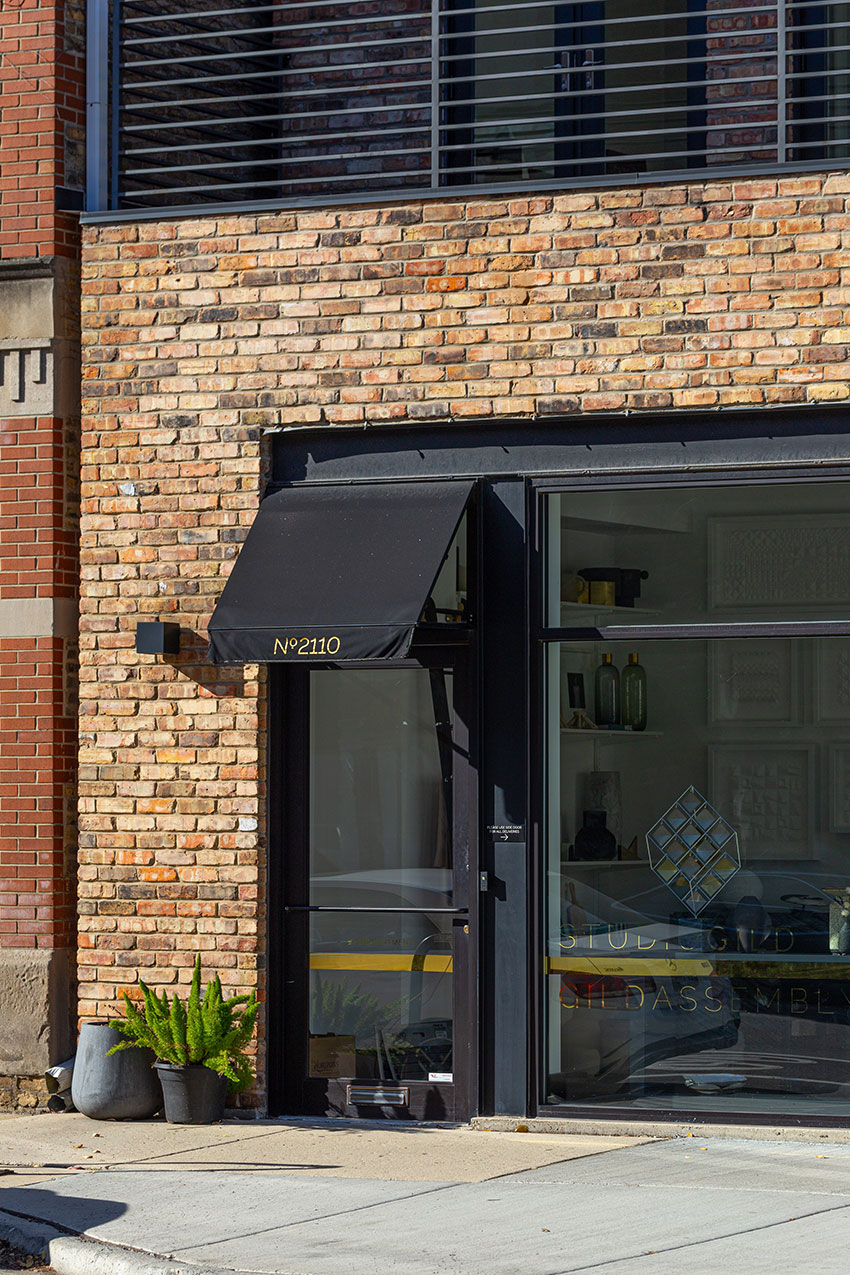
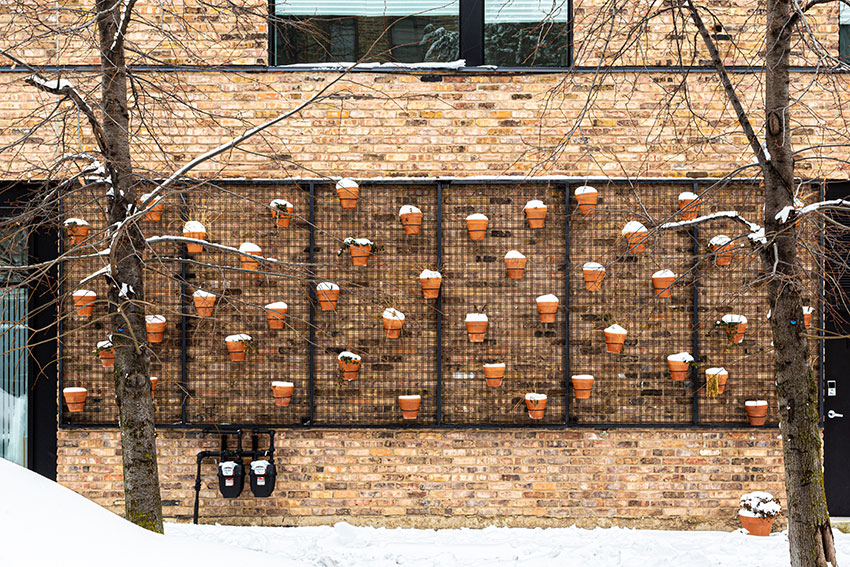
“Bricks Inc really catered to our needs,” says Wilke. “They were really transparent, and so open to us coming down and visiting the yard to see what they had. The process was incredibly organized.”
“It wasn’t just, ‘Here’s a few bricks from a sample,” Wilke adds. “I remember showing up there and they literally pulled out probably 20 or 30 bricks of every lot, and stacked them up to give us options. They went above and beyond to help us make a decision.”
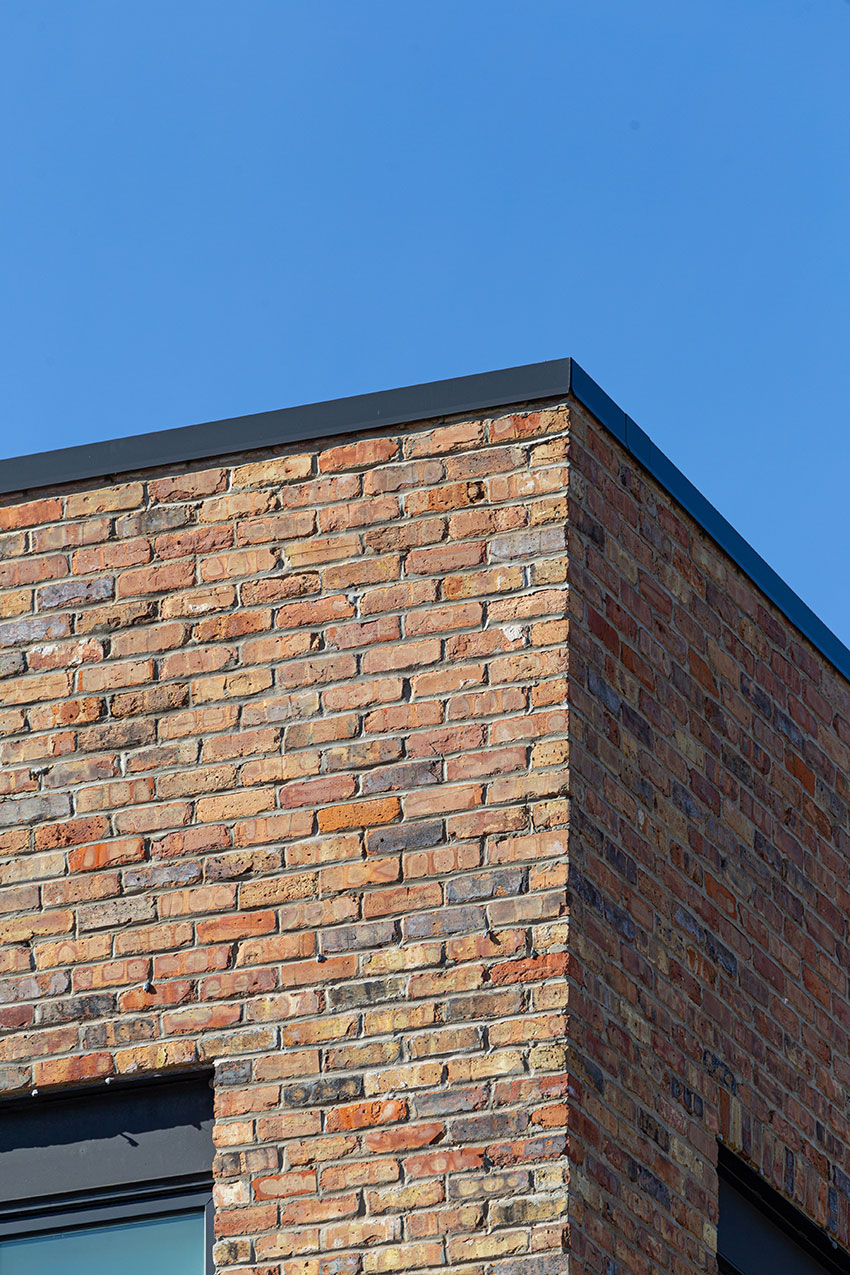
Each mockup panel at Bricks Inc also offered views of both sides of the bricks — Wilke and the design team weren’t only looking for specific batches of brick but also individual bricks that bore the marks of history.
Because Chicago Commons spent decades out in the the elements, many of them are uniquely weathered or painted.
“Reclaimed commons will have these chipped or black pieces in the mix,” says Schmitt. “Residue or some remnants of an old painted ad that might have been torn down off of a building. Matt specifically said, ‘we want those featured on the facade.’”
These intentional imperfections elevates the design, adding character and quality to the already unique facade. Thanks to the extreme care in selection and placement, their inclusion does not feel glaring or manufactured. They commingle with the other bricks on the building, creating a rustic canvas across a modern form.
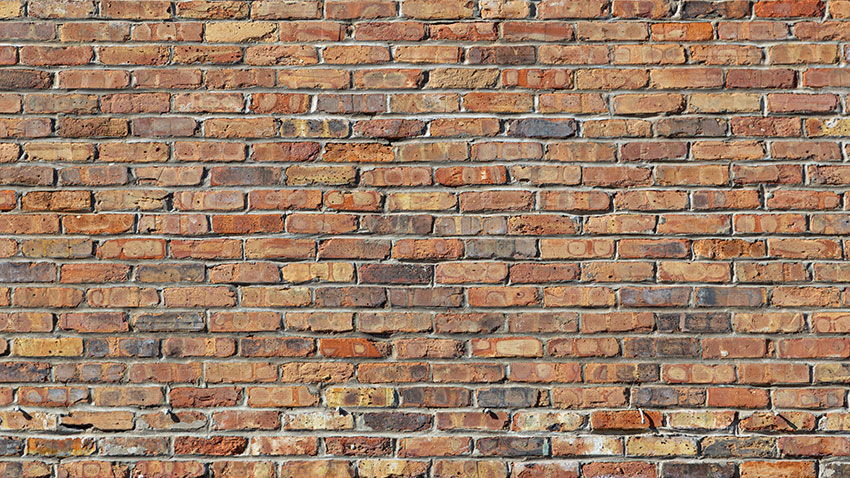
“They’re my favorite part of the building,” says Wilke. “There’ll be a random blue painted brick in there or a chipped red brick. To this day I know exactly where each one is on the facade.”
The Conclusion
2110 N Damen is building that successfully bridges the gaps between new and old, bold and unpresuming. In form, it is undeniably modern; sharp angles and black steel mix with large windows and bright interiors.
But the rugged and weathered Chicago Common brick bring it back into the neighborhood, allowing it to stand in compliment and conversation with its older neighbors.
2110 N Damen is a testament to what is possible when a careful plan meets a knowledgeable and design-minded supplier.
With Bricks Inc, reclaimed bricks do more than find a second life – they can tell a second story.
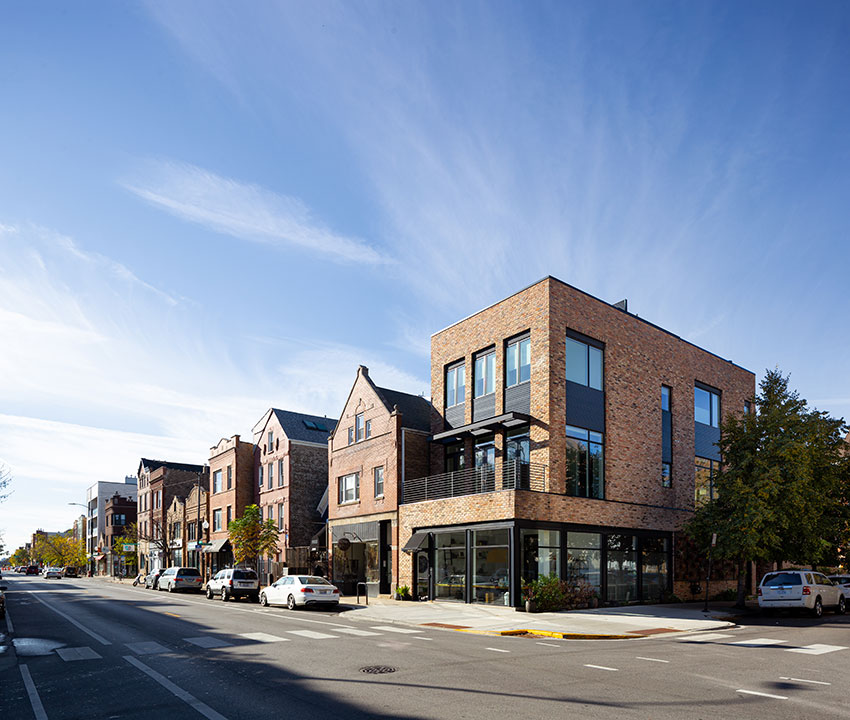
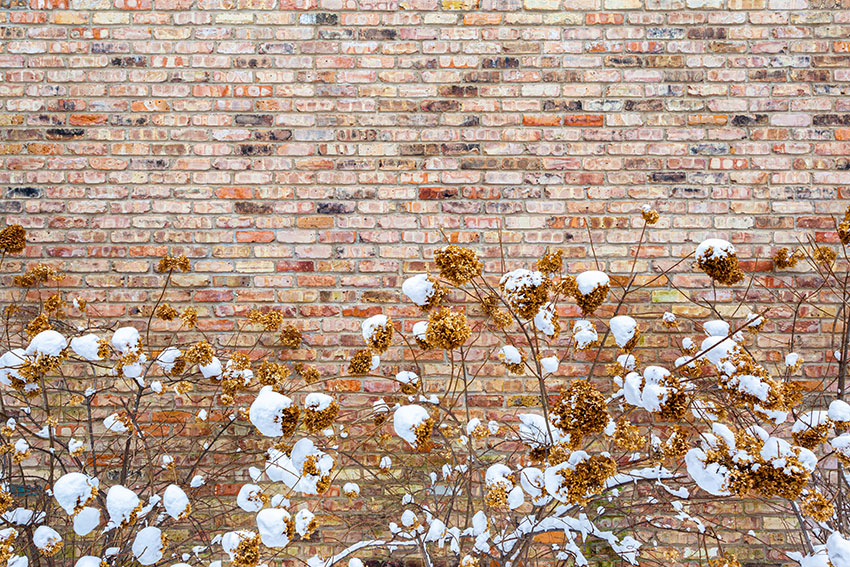
2110 N Damen
Developer: LG Development
Architect: Lawton Stanley Architects
Builder: LG Construction
Mason: Enz Masonry
Brick: Full Range Chicago Commons
Case Studies in Brick
Text and photographs by Will Quam
www.brickofchicgo.com